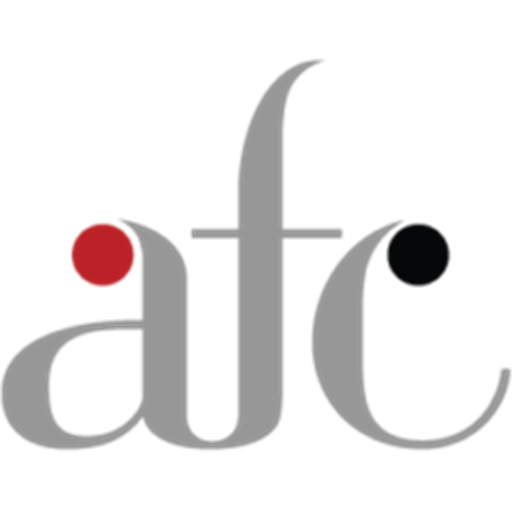Last week I posed a question – why is 10% the new 4%?
Why do you need to put 10% of your income away in whatever account is preparing you for retirement, when just a few years ago, 4% was considered a safe nest egg? Let’s look at the math (my favorite subject, and I assume yours); math is communitive. Let’s elaborate with an example: if you get a 10% discount on a $10 item, do you want it before or after tax?
A 10% discount on $10 is $9. With 10% tax, your item would be $9.90.
A 10% tax on $10 brings it up to $11. Then you get your 10% discount of $1.10 and you’re back to $9.90.
Math is communitive – it doesn’t matter when you take your discount.
In this way, the market itself hasn’t changed, but the equation we use when creating portfolios has. The catalyst for this change was October 19, 1987. In one day, the DOW Jones Average dropped from 2,246 to 1,728. Fearing a literal market collapse, people froze their assets and were unwilling to make trades. As we discussed last week, revenue for brokers and financial advisors came largely from commissions on trades during this time, and when trades ceased, so did revenue.
Seeking a new way to create revenue, some bigger brokerage houses released CDs and annuities, but most successful was the introduction of financial planning, introduced by Merrill Lynch. It was (and still is) sold as preparation for saving for college, retirement, and the like – and it was marketed as a good incentive to bring all of your accounts to one advisor or broker, so that they could create a complete financial plan. It also meant that, eventually, those assets would begin to move and create revenue again for the advisor and firm that did the financial plan.
Financial plans incorporated the idea of asset allocation. The concept was, if one asset group goes down, another will inevitably go up, and your potential losses would be balanced. That balancing would reduce the risks in market downturns like October 19, 1987—at least according to the theory of uncorrelated assets.
Advisors reassured their clients.
As we saw in the 08/09 Recession, that turned out not to be true, but the idea of safety appealed at the time. Financial planning was aided by the increased access to computers, which made it easier to plan into the future and ensure that the portfolio was allocated to the client’s comfort level. The idea of “low-risk,” “moderate,” and “high-risk” money caught on with asset allocation; the greater the risk, the greater the potential returns, but there was still so much fear from ‘87 that more and more people were (and still are) opting for low-risk money.
This takes us back to our initial question: why is it that now we have to put 10% of our paycheck into a 401(k) or savings instead of the 4% that was touted for our parents? Think of it mathematically and it will start to make sense.
Let’s say that our hypothetical friend has a flat income of $100,000 and is saving 4% of their paycheck each month. On their investment, they receive a 9% return. After 40 years, they’ll find themselves with $2.83 million. At a 4% withdrawal rate, they would take $113,000 a year; at that rate, their money would never run out, even with only a reduced rate of return on the $2.83 million.
As we have moved both to 401(k)s and to financial planning with multiple asset classes, that equation has changed, and most of it comes back to the fear that froze the country after October 19, 1987. People have more fear of loss than they do enthusiasm for gain, and opt for low-risk, low-reward investing. With “safe” money – invested in CDs, bonds, etc. – our friend earns 2% or maybe 3%. If our friend was investing in a handful of low-risk options, they’re getting, on average, 4% returns on their money. Look at how it changes their scenario:
If they are only investing at a 4% rate, in order to make up the difference between the scenarios, they have to put away 10% of each paycheck – because math is communitive. The only way to make it to that lovely $2.83 million at that lower return is to invest more money in the first place. And on the other side of the equation, they have to draw down less than 4%, because they would be drawing all of their earnings.
Asset allocation seems a logical approach to reducing risk, and it probably does over the short-term, but nothing in the market is free. By reducing the supposed risk through asset allocation, investors are giving up returns. Over the longer-term that supposed reduction in risk also reduces the total nest egg to the point that investors have to save 10% instead of 4%.
10% is the new 4%. At AFC we do not believe it does not have to be.

